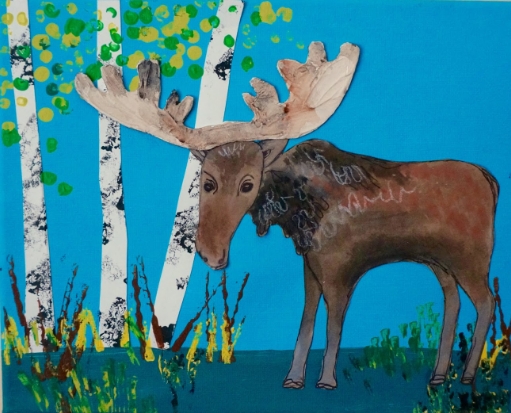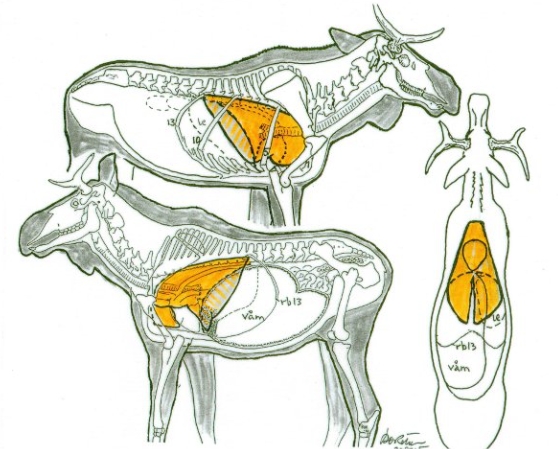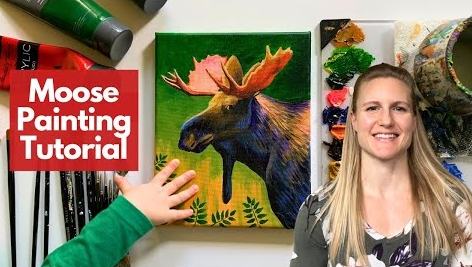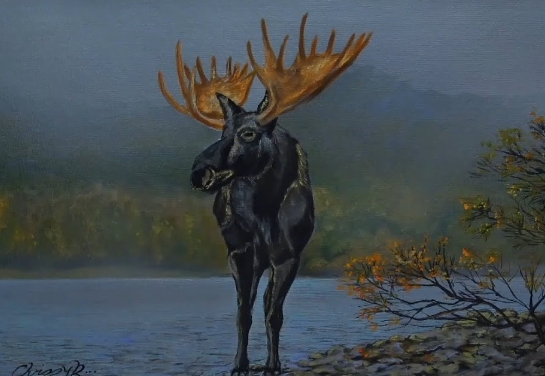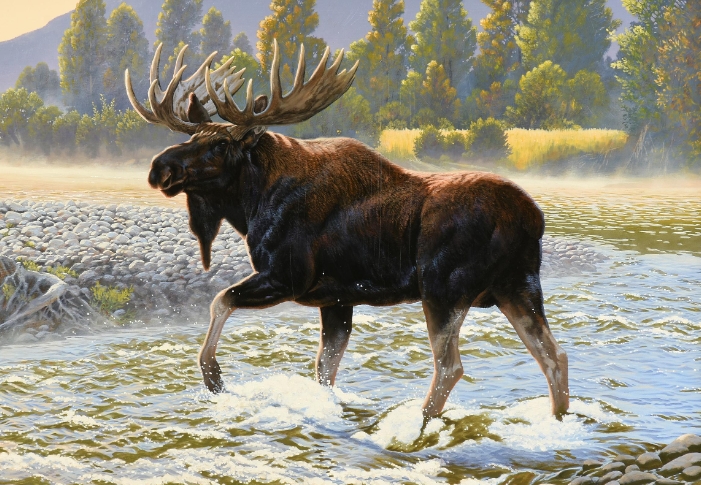Painting a Moose: A Unique Artistic Challenge
Painting a moose can be a delightful and rewarding experience, whether you’re an artist looking for new inspiration or a nature enthusiast wanting to express your love for wildlife. Capturing the majestic essence of this iconic creature can help you develop your artistic skills and deepen your appreciation for nature. In this blog post, we’ll explore some essential tips and techniques to help you create stunning moose artwork.
Understanding Moose Anatomy
Before you dive into painting, it’s crucial to understand the anatomy of a moose. These animals are known for their impressive size and unique features, including their long legs, broad snouts, and large, palmate antlers. Familiarizing yourself with these characteristics will aid you in capturing their likeness on canvas. Study photographs or visit a local zoo to observe their proportions and the way light interacts with their bodies. This foundational knowledge will not only enhance your painting skills but also increase your appreciation for these magnificent animals.
Choosing the Right Materials
Selecting the right materials is essential for creating a successful moose painting. Consider the type of paint that best suits your style—acrylics are great for beginners due to their quick drying time, while oils offer a rich texture for more detailed work. Additionally, invest in quality brushes and canvases that can withstand your artistic process. Don’t forget about the importance of a good sketching surface; using charcoal or pencil to outline your moose will help you keep proportions accurate before layering on the color. Lastly, think about the color palette that reflects the natural habitat of a moose, typically composed of earthy tones like browns, greens, and soft grays.
Techniques for Capturing Realism
Bringing your moose painting to life involves employing techniques that capture realism. Start with an underpainting in a neutral tone to establish the foundation of your artwork. As you build up layers, focus on capturing the texture of the moose’s fur and the subtle variations in color that occur in nature. Dry brushing can be a useful technique for adding fine details, while glazing will allow you to create a sense of depth. Pay special attention to capturing the eyes, as they can convey emotion and help your painting resonate with viewers. With practice, your technique will improve, and you may find that capturing the essence of a moose becomes second nature.
Conclusion
Painting a moose can be an enriching and fun adventure for any artist, regardless of skill level. By taking the time to understand their anatomy, choosing the right materials, and utilizing effective painting techniques, you can create a piece that not only showcases your talent but also honors these incredible creatures. So, grab your brushes, embrace your creativity, and start your moose painting journey today! For more tips and inspiration, be sure to explore art communities and resources that can further aid your artistic development. Happy painting!


